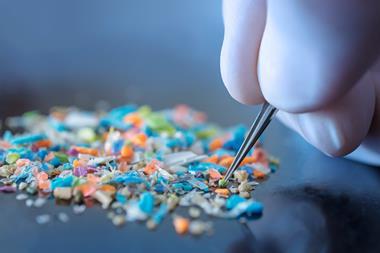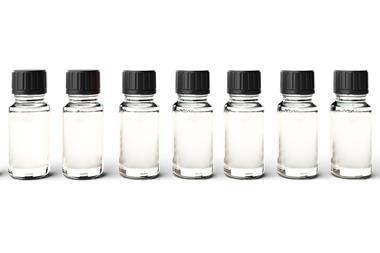Nanoplastics can interfere with the biological activity of drugs, altering adsorption and transport and potentially promoting antibiotic resistance.
It is already known that micro- and nanoplastics can interact with various biologically active compounds to form aggregates, but the effects of this are yet to be confirmed. Now, a team of researchers has examined the adsorption of the broad-spectrum antibiotic tetracycline on four common nanoplastics: polyethylene, polypropylene, polystyrene and nylon 6,6.
Two strategies were used to generate over 100 possible conformations of how a drug molecule might bind each plastic. Using quantum chemical calculations, the researchers then worked out the relative adsorption energies for the different geometries.
The adsorption energies showed a clear trend with nylon having the highest affinity for the drug and polyethylene the lowest. This, the researchers said, suggested that the absorption of the drug into the human body could be altered by nanoplastics.
The adsorption energies also indicated that the binding to the plastic was reversible and that an unwanted drug could potentially be carried from an external source and released in the human body.
Finally, due to the adsorption’s thermodynamically favourable nature, they found that the local concentration of antibiotics could be increased at the surface of the particles, potentially aiding the development of antibiotic-resistant bacterial strains.
In vitro experiments showed that the effect of tetracycline on tetracyline-sensitive cell lines decreased significantly in the presence of PS particles.
The researchers concluded that the results clearly indicated that interactions between drugs and nanoplastics could ‘significantly impact on the environment and human health through multiple mechanisms’.
References
L Dick et al, Sci. Rep., 2024, 14, 25853 (DOI: 10.1038/s41598-024-75785-4)

















No comments yet